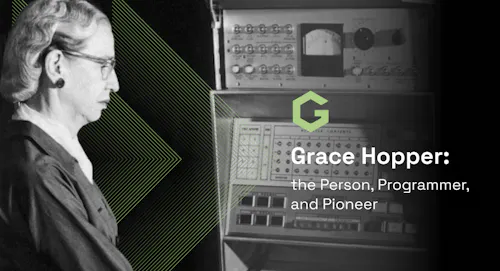Grace Hopper Blog
News, insights, and learning resources from Grace Hopper & Fullstack Academy, top-ranked immersive software development bootcamp.
Filter By

Job & Career Advice
Employee Tuition Reimbursement: What Is It and How Does It Work?
Our guide to employee tuition reimbursement explores what it is, how it works, and how you can make the most of this increasingly popular workplace benefit.
Read more
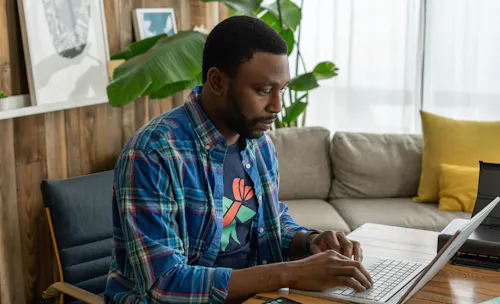
Job & Career Advice
11 Ways to Level Up Your LinkedIn Profile
Our Career Success team works round the clock to make sure grads find jobs they love. Today, we're sharing 11 of their tips to enhance your LinkedIn profile.
Read more

Web Development
Full-Stack Development Salaries in 2025: A Comprehensive Guide
This ultimate guide covers essential skills, learning resources, and career paths to help you become a successful coder. Discover what you need to thrive in the tech industry!
Read more
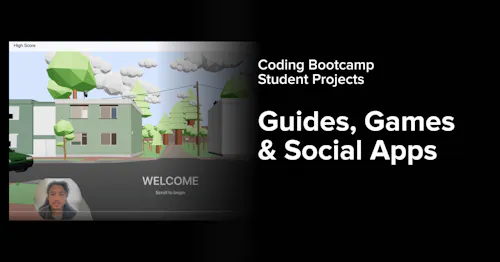
Student Projects
Coding Bootcamp Student Projects: Guides, Games, and Social Apps
These full stack coding bootcamp projects are examples of just a few types of web applications you’ll learn how to build in the coding bootcamp. As a coding student, the capstone project is your opportunity to demonstrate your knowledge and creativity—in bootcamp and beyond as a professional software engineer.
Read more
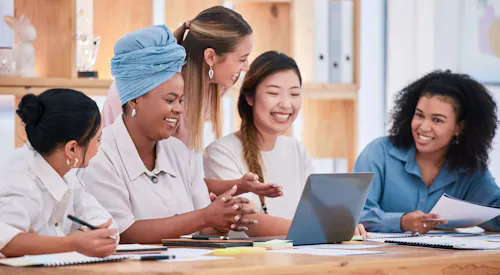
Mission Driven
3 Reasons Closing the Gender Gap Helps Build Better Tech
Discover 3 impactful ways that closing the gender gap in tech can contribute to better tech products and services overall.
Read more

Breaking Up with Your Career: How to Change Careers With Confidence
From minimal growth opportunities to a lack of fulfillment, many people reach a point in their current career where it no longer aligns with their needs or aspirations. In this blog, we’ll help you identify whether it’s time to break up with your career and provide tips for how to change careers successfully.
Read more

Web Development
Pair Programming: Your Guide to Collaborative Coding Success
In this guide, we'll dive deep into how pair programming works, uncovering how it can boost code quality, fuel your learning curve, and unlock the power of teamwork.
Read more

Holiday Gift Guide for Tech Bootcamp Students
Read this tech bootcamp gift guide to find the perfect present for you or the tech bootcamp student in your life.
Read more

Job & Career Advice
Why Now Is a Great Time for a Career Change–And How to Make It Happen This Holiday Season
With all the gifting, baking, and celebrating we do during the twilight of the year, career development often goes overlooked. But the winter holidays are an ideal time to start or advance a career change–for nearly every type of role in tech!
Read more

Job & Career Advice
What Every Job Seeker Should Have on Their New Career Wishlist This Holiday Season
The holiday season offers many people the chance to reflect on the past and the possibilities yet to come. This is also a great time to start looking for a job if you are considering a career change. But, before you start gifting employers your resume, ho-ho-hold on, and make a list of what you want from a position or company.
Read more
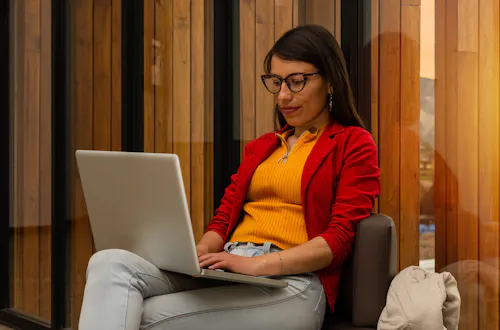
Mission Driven
Indigenous American Innovators Who Broke Down Barriers in Tech
Indigenous Americans are historically underrepresented in the tech workforce. Here are four Indigenous Americans who broke down barriers in tech and made major contributions to the tech industry.
Read more
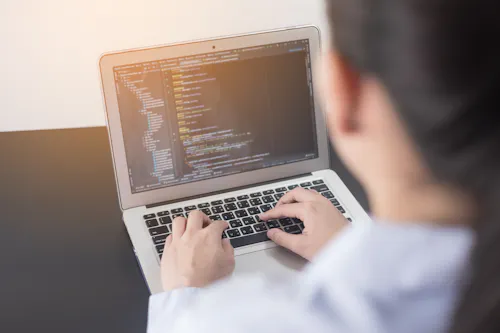
10 Best Ways to Learn JavaScript in 2025 - For Beginners
In the rapidly advancing landscape of web development, mastering JavaScript has never been more vital than in 2025. As the digital world evolves, Javascript continues to stand as the backbone of web development.
Read more
